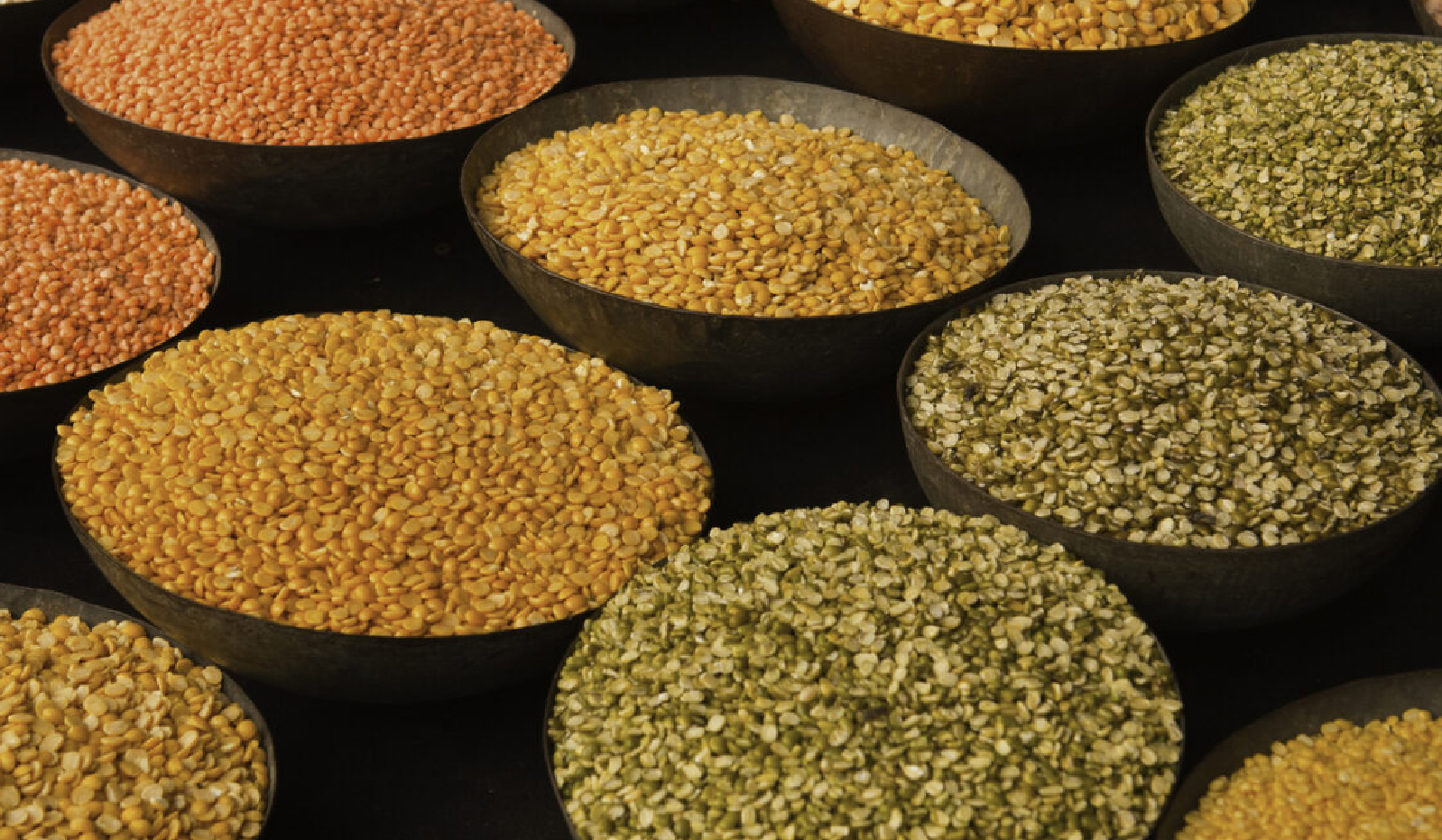India’s pulses imports in fiscal 2024 surged 84% year-on-year to their highest level in six years.
Rise in Import in FY 2023-2024
- Quantity: India imported 4.65 million metric tons of pulses, the highest since fiscal 2018.
- Value: In value terms, imports in the year jumped 93% to $3.75 billion
- Reasons: Lower production prompted India to allow duty-free imports of red lentils and yellow peas.
Pulses in India
- Global ranking: India is the largest producer, consumer, and importer of pulses Globally.
- Major producing states: Rajasthan, Madhya Pradesh, Maharashtra, Uttar Pradesh, and Karnataka.
- Major pulses: Chickpeas (Gram), Pigeon pea (Tur/Arhar), Mungbeans, Urdbeans (Blackgram), Lentil, Peas and various kinds of Beans (Minor Pulses).
- Gram contributes around 40% of total pulse production followed by Tur/Arhar (15-20%)
- Countries for import: India imports mainly from Australia, Canada, Russia, Turkey, Tanzania, Sudan, Mozambique, Malawi, and Myanmar.
- Major export destinations: Bangladesh, China, UAE, U.S.A and Nepal
Significance of Pulse
- Nutritional value: Pulses are 20-25% protein by weight and rich in soluble fiber.
- Less water intensive: More than 80% of total pulses are grown in the rainfed region.
- Sustainable agriculture: Nitrogen-fixing properties of pulses improve soil fertility, and climate change mitigation by reducing dependence on synthetic fertilizers.
Key initiatives to promote pulses cultivation
|





